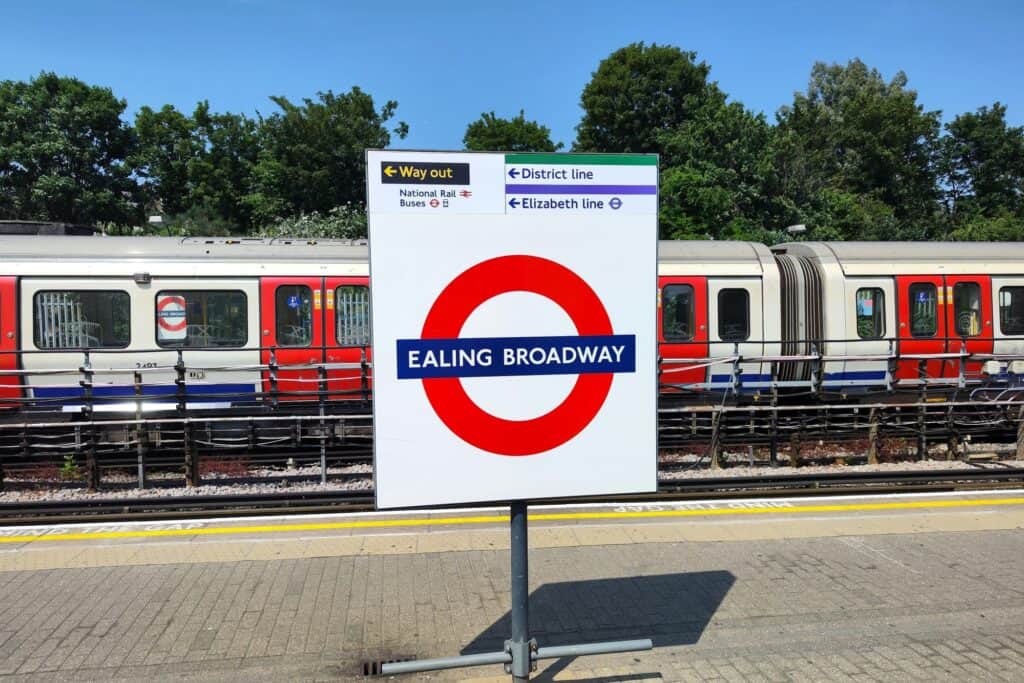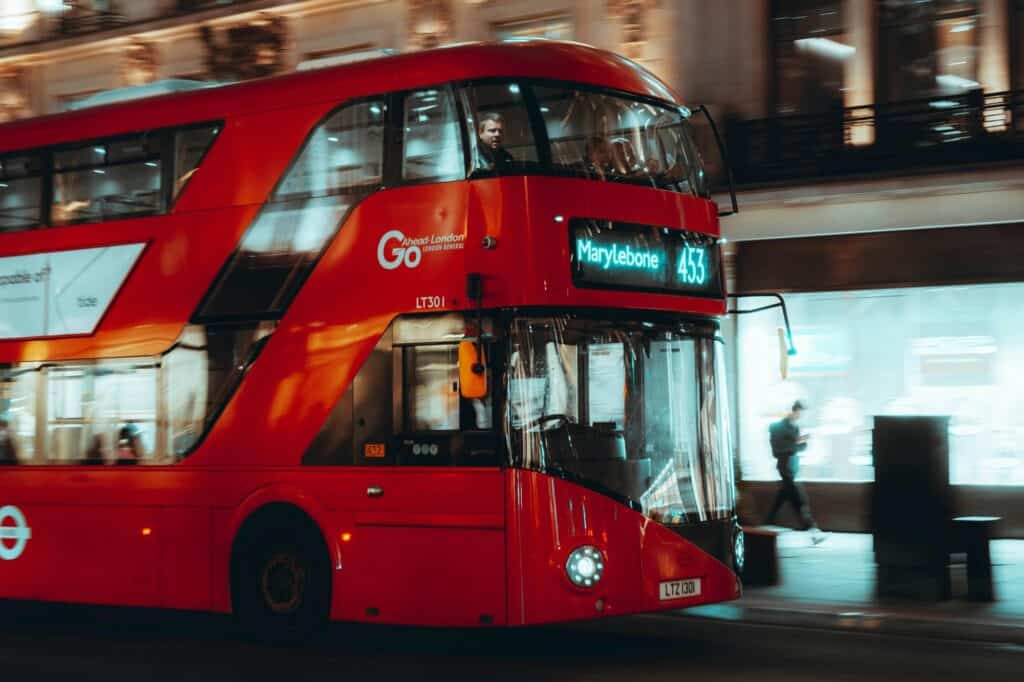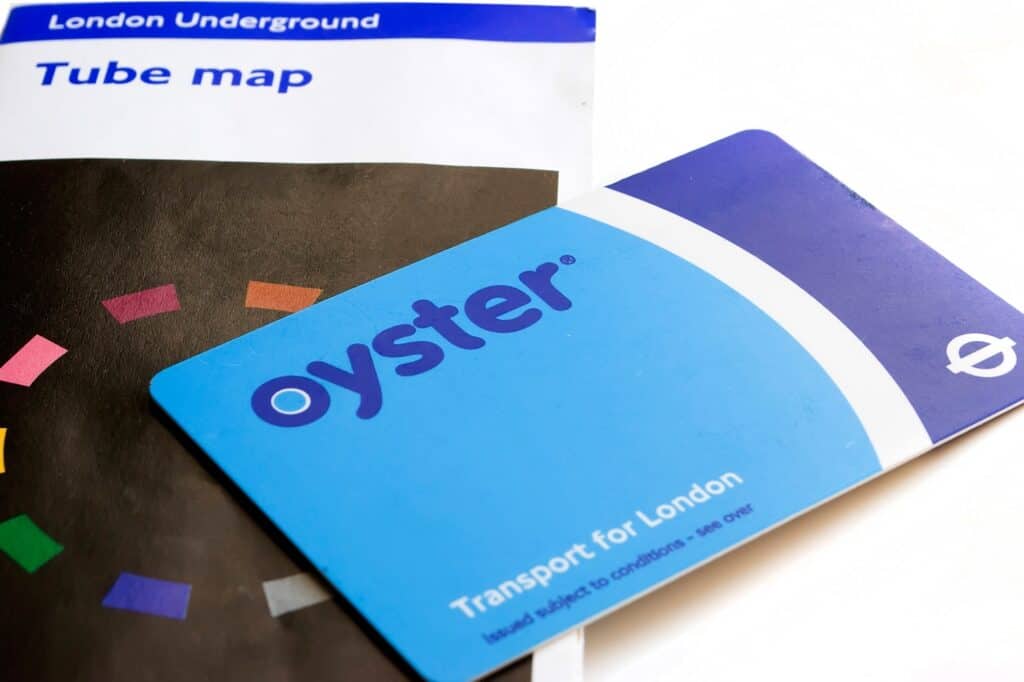If you’re a new homeowner in West London, navigating the area’s public transport system can seem overwhelming. This guide will help you understand how to use West London’s public transport for new homeowners, covering the essentials of using the Tube, buses, and the Elizabeth Line, while providing tips for cost-effective and efficient travel. Expect to learn about ticket options, key routes, and how to integrate public transport into your daily life.
Key Takeaways
- Navigating West London’s public transport is easy with tools like the Tube map, Oyster cards, and real-time updates, making travel seamless and efficient.
- Buses and the Elizabeth Line provide flexible and direct routes to key destinations, offering economical options for exploration and commutes.
- Future transport improvements by Transport for London will enhance the public transport experience, contributing to a better quality of life for West London residents.
Navigating West London’s Tube Stations
Navigating West London’s tube station can seem daunting initially, but with a bit of practice, it becomes second nature. The Tube map, featuring coloured lines for different routes and stations marked by coloured circles, is your best friend. Each station has digital screens displaying train arrival times and service updates, aiding in effective journey planning.
An Oyster card ensures seamless travel. Provided by Transport for London, this smart card can be topped up as needed and offers cheaper fares compared to cash payments. A refundable deposit of £5 is required to get started. Alternatively, using a contactless card or mobile payment method is the cheapest way to pay for travel across London without the hassle of carrying cash.
Stand clear of the doors to allow others to exit first for smoother boarding. Familiarise yourself with nearby landmarks or street signs to navigate effectively after exiting the Tube. Familiarity with London’s various public transport options enhances your overall travel experience.
Utilising Bus Routes for Efficient Travel
Buses are a crucial mode of transportation in London, connecting residential areas to city centres and business districts. The flat fare of £1.75 for unlimited trips within an hour makes buses a budget-friendly option for multiple short journeys. With extensive bus routes, you can easily access key locations and enjoy the flexibility that buses offer.
Take, for instance, Bus number 10. It covers some of London’s most iconic areas. This route is perfect for both commuters heading to work and residents exploring the city.
Bus number 10 runs from:
- Hammersmith
- Kensington
- Knightsbridge
- Hyde Park Corner
- Marble Arch
- Oxford Street
This route is perfect for both commuters heading to work and residents exploring the city.
FUN FACT
Buses can also be a great way to discover new neighbourhoods and local attractions. Frequent services and easy access to various parts of the city make buses a reliable and convenient mode of transport for daily commutes and leisure trips alike.
Understanding the Elizabeth Line and Its Benefits
The Elizabeth Line revolutionises West London’s public transport. It spans over 100 kilometres, connecting Reading and Heathrow Airport in the west to Abbey Wood and Shenfield in the east. A major benefit is the direct trains from Reading and Heathrow Airport to Abbey Wood, making city travel much more efficient.
During peak times, up to 24 trains run per hour between Paddington and Whitechapel, ensuring minimal waiting times for commuters. Canary Wharf, a major business district, is served by 12 trains an hour during peak hours, enhancing accessibility for workers.
The Elizabeth Line prioritises accessibility, with step-free access at all stations, making it convenient for individuals with mobility challenges. Stations are staffed from the first to the last train, ensuring assistance is available. This line improves connectivity and enhances the overall travel experience for West London residents.
Exploring Green Spaces Accessible by Public Transport
West London boasts beautiful green spaces that are easily accessible by public transport. Richmond Park, known for its stunning landscapes and deer population, is a must-visit. Nearby bus routes and train stations make it convenient for visitors to reach this serene park.
Kew Gardens, another gem, is accessible via the London Overground service, offering an easy and enjoyable journey. Additionally, Hyde Park and Highgate Wood are notable green spaces reachable by public transport.
These parks offer a perfect escape from city life, providing a range of activities for nature lovers and families alike. Whether planning a relaxing weekend picnic or a vigorous morning jog, West London’s green spaces are just a bus or train ride away.
Embrace nature’s beauty without the hassle of driving and parking, and discover the tranquillity these parks offer.
Avoiding Peak Times and Crowded Areas
Avoiding peak times can greatly improve your commuting experience in West London. For bus users, weekdays are generally less congested between 08:30 and 15:00 and after 17:45. For Tube and Rail, quieter travel times during weekdays are between 08:45 and 17:00 and after 18:30.
On weekends, buses are less crowded before 11:00 and after 18:00, while Tube and Rail are quieter before noon and after 18:30. Adjusting travel times by just thirty minutes during peak hours can significantly reduce congestion.
Check for planned works or events that may affect travel times. Avoiding rush hour travel reduces commuting hassle and ensures a more pleasant journey. Plan ahead, travel smart, and make your West London commute as comfortable as possible.

Making the Most of Direct Trains to Key Destinations
Direct train services from West London offer quick and efficient access to major locations. For instance, Oxford Circus, a bustling shopping and entertainment hub, is accessible via the Central Line, significantly reducing travel times. Similarly, travelling from West London to Piccadilly Circus is feasible via several underground lines, offering convenient connections.
London Bridge, a key transport interchange, is also easily accessible from West London, providing connections to various train services. These direct trains save time and make commuting to work, meeting friends, or exploring the city more convenient.
Leveraging these direct train services optimises your travel routes, making the most of your time whether heading to a business meeting or enjoying a day out in the city.
Integrating Public Transport into Daily Life
Integrating public transport into daily life can greatly enhance your living experience in West London. Apps like Citymapper streamline your journey with real-time updates on tube services and potential delays. Leaving earlier than necessary can relieve stress associated with unpredictable tube schedules.
Cycling or jogging to work saves transportation costs and improves fitness. Contactless payment methods like debit cards or mobile payments simplify the process, eliminating the need for topping up. Knowing where train doors stop streamlines boarding and reduces wait times.
Engaging in productive tasks, like drafting emails or listening to podcasts during commutes, makes travel time more enjoyable and worthwhile. Finding ways to enjoy your commute, whether through productivity or mindfulness, transforms it from a daily chore into a rewarding part of your routine.
Cost-Effective Travel Options for New Homeowners
For new homeowners managing budgets, cost-effective travel options are essential. Contactless payments like debit cards or mobile apps offer flexibility and calculate the most economical fare. Oyster or contactless cards help save on travel costs when commuting to key destinations from West London.
The Tube operates on a zone-based fare structure, with costs varying based on distance travelled. Peak and off-peak fare structures provide more economical travel during less busy hours. Monthly transport passes are a cost-effective option for regular commuters, typically costing about 3.84 times the average price of a weekly fare.
Railcard holders enjoy a discount of one-third of off-peak Oyster fares, making travel more affordable. Travelling during off-peak times and using the right payment methods can significantly reduce transportation costs, leaving more room in your budget for other essential expenses.

Staying Safe and Respecting Public Transport Etiquette
Safety and respect for public transport etiquette are crucial for a pleasant travel experience. Stand on the right while using escalators in Tube stations to allow others to pass. Wait for buses to come to a complete stop before boarding or alighting for safety reasons. Avoid standing in the doorway on a bus, and move along promptly when you reach the platform to avoid crowding the entrance.
Awareness of your surroundings is essential for personal safety while using public transport. If you feel unsafe at a bus or train stop, wait in a more populated area or call a taxi. Move away from anyone behaving inappropriately or making you uncomfortable, and avoid leaning your entire body against the poles while travelling.
Following these guidelines ensures a safer and more respectful travel experience for yourself and others.
Future Transport Improvements in West London
West London’s transport network is constantly evolving, with ongoing improvements aimed at enhancing the travel experience for residents. Transport for London (TfL) is focused on upgrading trains, stations, and services to create faster, more reliable, and safer journeys. These enhancements include implementing new technology to operate cleaner buses.
The goal of current transport projects is to improve public transport infrastructure, positively impacting property values and overall quality of life. These developments benefit commuters by reducing travel times and increasing reliability.
With these future transport improvements, new homeowners can anticipate a more efficient and enjoyable travel experience in West London. Staying informed about these developments helps you make the most of the enhanced public transport options available.
Summary
Navigating West London’s public transport can greatly enhance your experience as a new homeowner, making it a desirable area to move to. Mastering the Tube system, utilising bus routes, and understanding the benefits of the Elizabeth Line is key. Avoiding peak times, leveraging direct trains, and integrating public transport into daily life improve efficiency and reduce stress. Cost-effective travel options and respecting public transport etiquette ensure a pleasant journey. With ongoing improvements, new homeowners can look forward to better connectivity and convenience, embracing the vibrant life West London offers.
Frequently Asked Questions
What is the cheapest way to pay for travel in London?
The cheapest way to pay for travel in London is by using a contactless card or mobile payment method, which saves you from carrying cash. It’s both convenient and cost-effective!
How can I save money on public transport as a new homeowner in West London?
To save money on public transport in West London, consider using contactless payments, travelling during off-peak hours, and investing in monthly transport passes. These strategies can effectively lower your travel expenses and make your new homeowner journey even more enjoyable!
What are the benefits of the Elizabeth Line for commuters?
The Elizabeth Line significantly enhances commuting by providing direct trains from Reading and Heathrow, along with up to 24 trains an hour during peak times and step-free access at all stations. This makes travel more efficient and accessible for everyone!
How can I avoid peak travel times and crowded areas in West London?
To avoid peak travel times and crowded areas in West London, try to travel on weekdays between 08:30 and 15:00 or after 17:45 for buses, and after 18:30 for the Tube and Rail. This strategy will help you enjoy a more relaxed experience!
What future transport improvements can new homeowners in West London expect?
New homeowners in West London can look forward to significant transport improvements with upgraded trains, enhanced stations, and new technology for cleaner buses, ensuring faster and more reliable journeys ahead!







